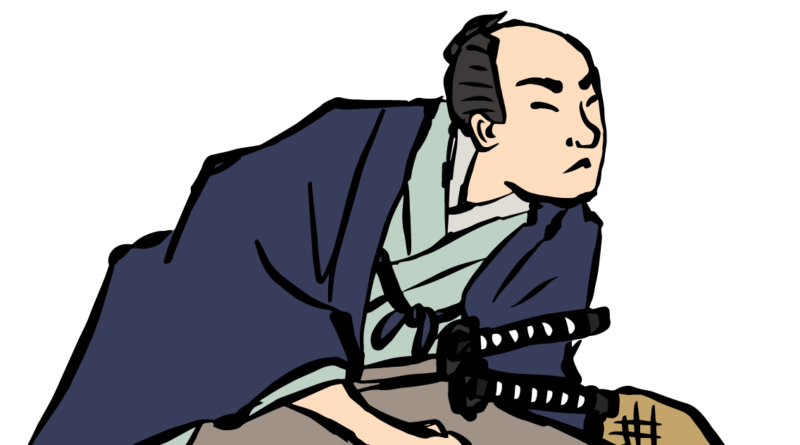Inase (いなせ)
Inase
いなせ
We sometimes use the word ‘inase‘ (いなせ) to describe a gallant and fresh young man.
勇み肌でさっぱりしている若者のことを、「いなせ」と言うことがあります。
This word comes from a hairstyle called ‘inase icho‘ (鯔背銀杏), which was popular among young people in fish markets in the late Edo period.
この言葉は、江戸時代後期に魚河岸の若者の間で流行した「鯔背銀杏」という髪型に由来します。
‘Ina‘ (鯔) means “flathead grey mullet,” ‘se‘ (背) means “back,” so ‘inase’ means “flathead grey mullet’s back.”
「鯔」は魚のボラのこと、「背」は “back” を意味するので、「鯔背」は “flathead grey mullet’s back” を意味します。
In addition, ‘icho‘ (銀杏) is short for ‘icho-mage‘ (銀杏髷), which was the most common male hairstyle in the Edo period.
また、「銀杏」は江戸時代に最も一般的だった男性の髪型「銀杏髷」を略したものです。
That is to say, ‘inase icho’ is a hairstyle looks like flathead grey mullet’s back, and young men with such a hairstyle were masculine, so ‘inase’ came to have its current meaning.
すなわち、「鯔背銀杏」とはボラの背に似た髪型のことで、その髪型をしていた若者は男気があったことから、現在の意味になったというわけです。




